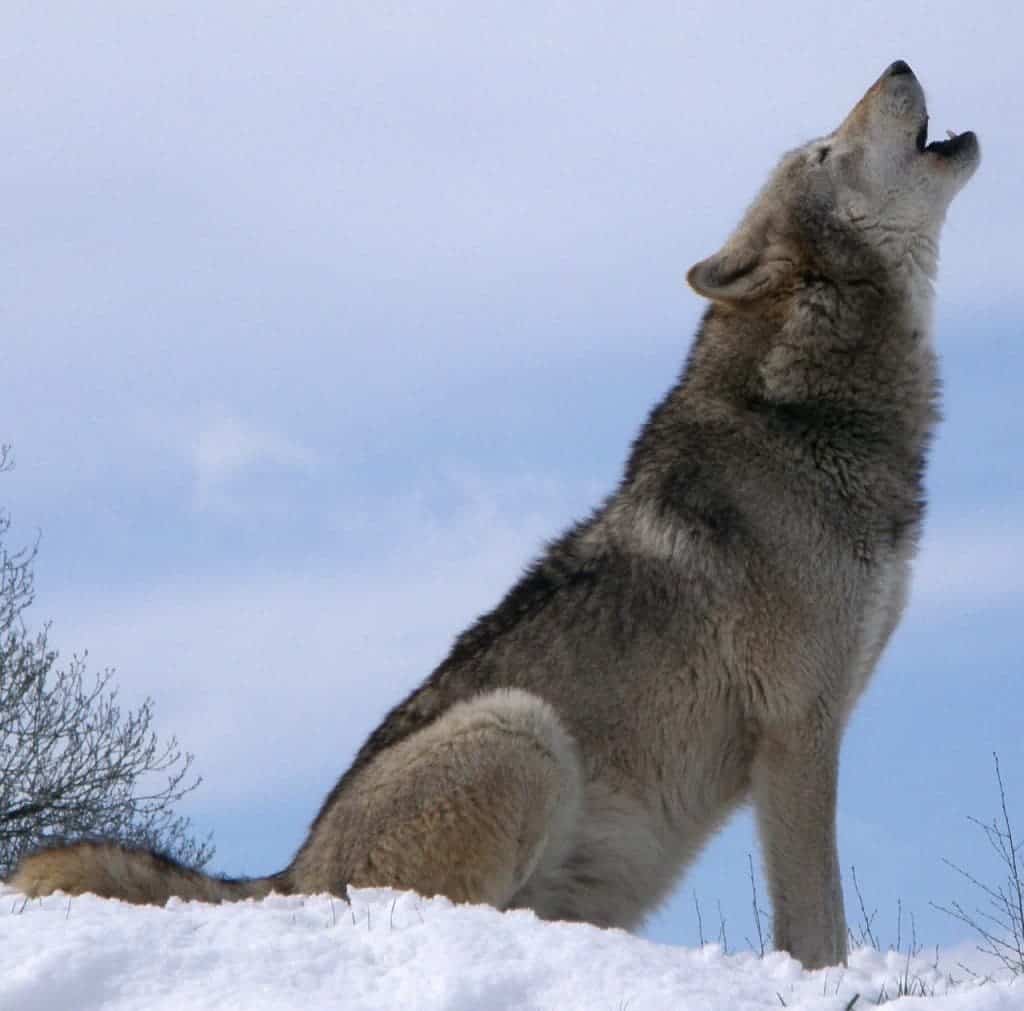A team of researchers performed the most extensive study of howling made by canid species. This includes wolves, jackals and familiar domesticated dogs. The findings suggest that each species and subspecies has its distinct vocal fingerprint, with a specific pitch, fluctuation and timbre – much like a dialect.
Dr Arik Kershenbaum from the University of Cambridge and colleagues first created a database of canid howls recorded from both captive and wild animals. The species included came from all over the world, from India to Australia to North America. Even YouTube videos were used to record dog howls. Some 6,000 individual howls were selected, which were eventually cut down to 2,000.
A trained specialist looks at a waveform then subjectively recognizes which species the call, howl or growl belongs to based on experience. By feeding all of these audio files into a machine learning algorithms, it was possible to objectively compare canid howls, revealing that the various species have characteristically different repertoires.
In the 13 species analyzed, the researchers discovered 21 howl types. For instance, the timber wolf is heavy with low, flat howls while the critically-endangered red wolves have high, looping vocals. Most howls were distinct, but in some cases these seemed to be very similar. This might influence interbreeding and the researchers already know of one cases which is for sure true in this respect. Again, it’s about the endangered red wolves. These wolves’ howl overlaps significantly with that of the coyote, sharing what researchers call a ‘type three’ howl (highly modulated and whining). Not surprisingly, the two species interbred, which unfortunately ruined conservation efforts as hybridization occurred, the researchers note in Behavioural Processes.
“The survival of red wolves in the wild is threatened by interbreeding with coyotes, and we found that the howling behaviour of the two species is very similar. This may be one reason why they are so likely to mate with each other, and perhaps we can take advantage of the subtle differences in howling behaviour we have now discovered to keep the populations apart,” said Kershenbaum.
But this can work in the favor of conservation efforts as well. By placing speakers in the wild, for instance, and playing familiar howling behaviours it’s possible to promote mating. The same speakers could be put in the vicinity of a farm and have howls associated with territorial markings to ward off the wolves.
Like dolphins, wolves are very intelligent and use a sophisticated communication mechanism to enhance cooperation among the pack. It’s hard to think of wolves and humans as being alike, but their social structure is very similar to ours. “That’s why we domesticated dogs — they are very similar to us,” said Kershenbaum.
“As well as being intelligent and cooperative species, wolves and dolphins have remarkably similar vocal characteristics. If you slow a dolphin whistle down about 30 times it sounds just like a wolf howl, something I often do in my lectures,” he said.
“The presence of complex referential communication in species that must communicate to survive was probably a crucial step in the evolution of language. I think we can shed a lot of light on early evolution of our own use of language by studying the vocalisation of animals that are socially and behaviourally similar to us, if not necessarily taxonomically closely related.”










